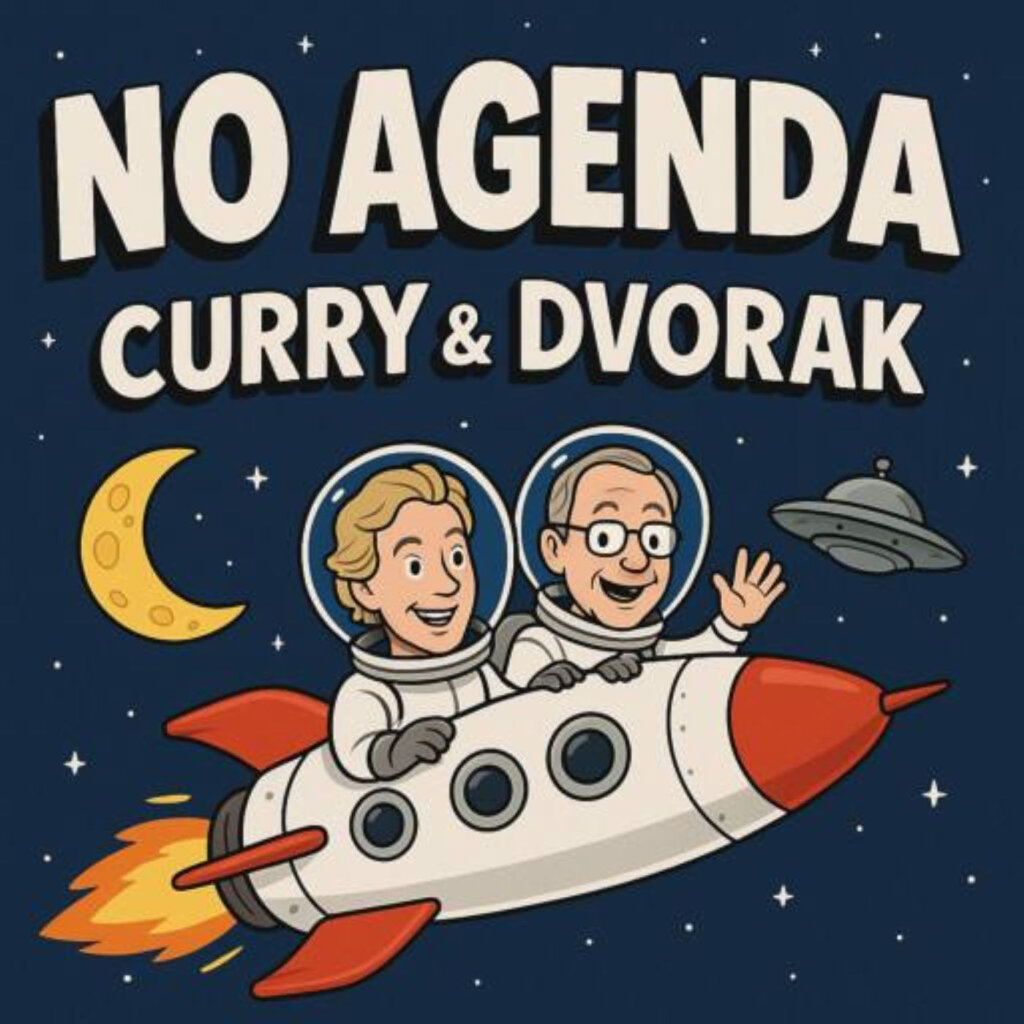In the United States, the Federal Communications Commission (FCC) regulates licensed broadcasters and has specific rules against broadcasting hoaxes. According to
47 CFR § 73.1217 (the FCC's broadcast hoax rule), licensed broadcasters are prohibited from knowingly broadcasting false information concerning a crime or catastrophe if:
The broadcaster knows the information is false;
It is foreseeable that the broadcast will cause substantial public harm; and
The broadcast does, in fact, directly cause substantial public harm.
Key Points:
Definition of a Hoax: The rule applies to situations where a broadcaster deliberately airs false information about a crime or catastrophe (e.g., a fake emergency or disaster) that could lead to public panic or harm.
Public Harm: The harm must be significant, such as causing panic, diverting emergency resources, or disrupting public safety.
Intent and Foreseeability: The broadcaster must know the information is false, and it must be reasonably foreseeable that the broadcast could cause harm.
Penalties:
Violating this rule can result in penalties such as fines, license revocation, or other enforcement actions by the FCC. The rule aims to prevent incidents like the infamous 1938 War of the Worlds broadcast, which caused widespread panic due to its realistic portrayal of a fictional alien invasion.
Other Countries:
Broadcasting regulations vary globally, but many countries have similar rules. For example:
In the UK, Ofcom regulates broadcasters under the Broadcasting Code, which prohibits content likely to cause harm or offense, including hoaxes that could mislead or cause panic.
In Canada, the Canadian Radio-television and Telecommunications Commission (CRTC) has rules against broadcasting false or misleading information that could endanger public safety.

